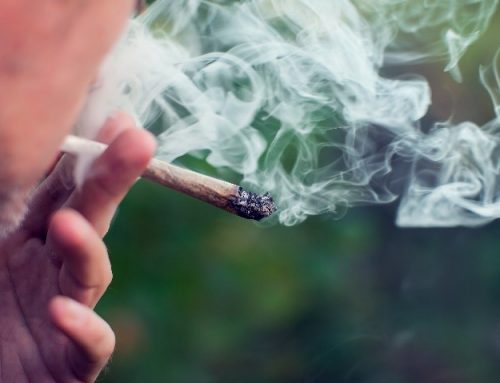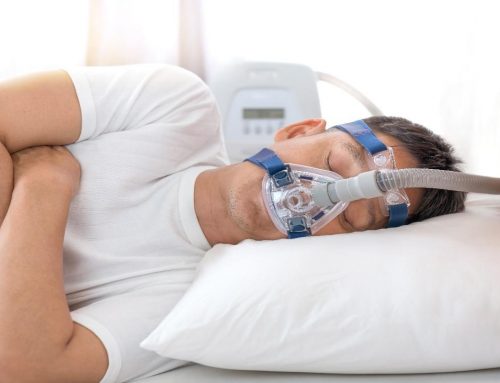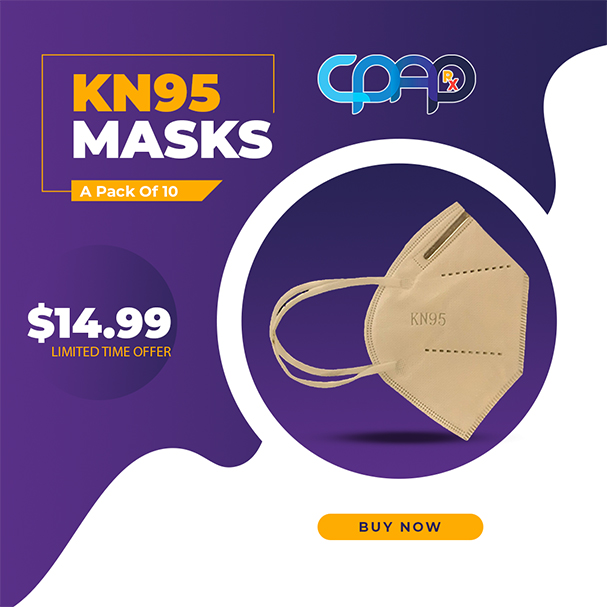Table of Contents
CPAP Masks FAQs
Do you have any questions regarding CPAP therapy? Here we have answered the most common questions on CPAP therapy asked by our clients.
How does a CPAP mask function?

A CPAP device delivers pressurized air to keep your airways open as you sleep at night
Continuous positive airway pressure (CPAP) therapy is employed to treat obstructive sleep apnea. A CPAP device delivers pressurized air to keep your airways open as you sleep at night. The device works by drawing air from the room, filtering and pressurizing it, and delivering it at a predetermined setting specific to your needs. A hose then connects the CPAP equipment to a CPAP mask, which helps deliver the air to your airway as you sleep. CPAP masks come in different shapes and sizes, each suited for different facial features. Finding a comfortable mask is the initial step to finding long-term success with CPAP therapy.
How do you decide which CPAP mask is appropriate for you?
Numerous factors go into selecting the correct CPAP mask to match your needs. Different masks are best suited for individual breathing requirements, sleep habits, and comfort levels.
To begin, we ask how you typically breathe while you are sleeping. If you breathe with your mouth open while you sleep, a full-face mask is the best option. This is the mask of choice for those who have nasal obstructions or recurrent congestion. The mask only touches the outside of the face, so it may be good for people who claustrophobia. It functions well for those with high CPAP pressure settings and those who sleep on their back.
If you breathe through your nose, a nasal mask is the best. Nasal masks have numerous sizes and fits, so finding the perfect fit is easy. They provide more natural airflow and are better for high-pressure settings. They are good for persons who move around in their sleep or sleep on their side as the suction keeps the mask in place. They are not ideal for individuals with allergies or those who suffer from blocked sinuses.
A nasal pillow mask is the smallest of CPAP masks and carries pressurized air through two soft nasal tubes inserted into the nostrils. It is good for active sleepers who toss and turn at night and for those with facial hair that may have leakage with other kinds of masks.
How often does a CPAP mask require to be changed?
Your full CPAP mask should be changed once a year. Additionally, the headgear should be replaced every 6 months, and cushions should be replaced every 3-5 months.
Do you need a prescription to order a CPAP mask?

All CPAP machines and masks are classified as Class II Medical Devices by the FDA, requiring a prescription for online sales
The FDA has made it mandatory to present a prescription at the time of purchasing CPAP appliances. All CPAP devices and masks are classified as Class II Medical Devices by the FDA, requiring a prescription for online sales.




 Shop
Shop



